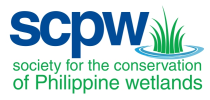 The National Conference on Wetlands, Climate Change Adaptation and Biodiversity Conservation (NCWCCBC) held on 12 to 14 January 2009 at Silliman University in Dumaguete City aimed at setting the stage for the development of a national policy on wetlands, and a national strategy and action plan for the wise use of wetlands and wetlands resources, incorporating concerns on biodiversity conservation and climate change adaptation.
The National Conference on Wetlands, Climate Change Adaptation and Biodiversity Conservation (NCWCCBC) held on 12 to 14 January 2009 at Silliman University in Dumaguete City aimed at setting the stage for the development of a national policy on wetlands, and a national strategy and action plan for the wise use of wetlands and wetlands resources, incorporating concerns on biodiversity conservation and climate change adaptation.
Field Exposure Trip/Observation and Community Interaction
The theme of the Field Exposure Trips on the second day of Conference (13 January 2009) was Community-Led Wetland Management Strategies. There were 5 field exposure sites, namely Apo Island, Bayawan Wetland, Lake Balanan, Bais Bay Mangrove Reserve and Lake Balinsasayao.
Bayawan Wetland
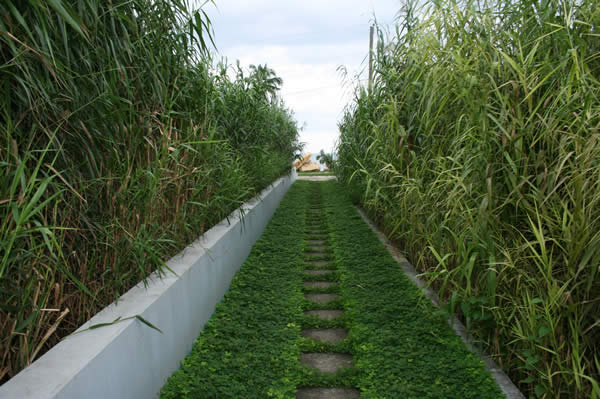
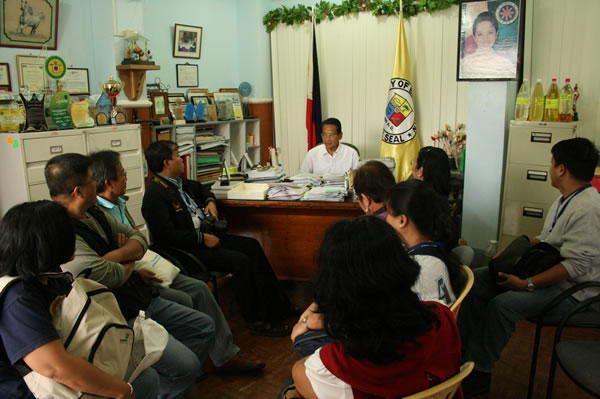
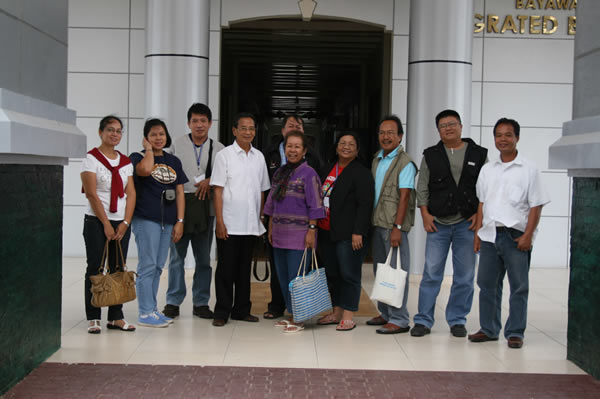 The first Bayawan constructed wetlands is located at Fishermen’s GK Village. It is a 7 – hectare area with 750 homes. The Mayor calls it “The ECOSAN Solution” because it is a holistic philosophy; there is a concept of recycling; it uses natural processes; it is energy efficient and thus economical.
The first Bayawan constructed wetlands is located at Fishermen’s GK Village. It is a 7 – hectare area with 750 homes. The Mayor calls it “The ECOSAN Solution” because it is a holistic philosophy; there is a concept of recycling; it uses natural processes; it is energy efficient and thus economical.
The City Government availed of technical assistance from the GTZ for initial concept and design and construction of the Artificial Wetland.
It was designed that GK houses should have 3 chambered septic tanks for the raw sewage. The sewage from the 3rd chamber (which is basically water (minus the sludge) goes first to the Header Tank. From the header tank, it undergoes the first biological filtering as the waste water is brought to the first reed bed by means of pipes. It undergoes vertical Flow/Vertical filtering in Reed Bed # I with a size of 1,800 sq meters. Perforated pipes were laid under the reed bed whose substrates are sand and gravel. The intricate root system of the reed or tambo in local name (Phragmites karka) traps the microorganism and other pollutants.
From Reed Bed #1, horizontal flow of wastewaste occurs at Reed Bed # 2, having a size of 880 sq.m. Here, wastewater further undergoes biological filtering at the roots sytem of the reeds. The final effluent goes to a reservoir (elevated tank). The final effluent is then used for watering garden plants, for fire fighting, for watering the city’s ornamental plants and for watering agricultural crops.
The City of Bayawan has two functional constructed wetlands (in two locations). Three structures are being constructed in various locations.
For the GK Fishermen’s Village, the Implementation Highlights include: Start-up investment for CWT (constructed wetland treatment plant) is P9.35 M. (The group was informed that conventional facilities is about P40 M). The maintenance cost is minimal (no high tech equipment); low energy consumption and no chemicals are needed. Per-capita cost of the CWT for 750 families is about P 2,493.
The Mayor emphasized however that the cooperation of the community is vital. There are substances that need to be avoided in the raw sewage. These include: excessive milk, fats, detergents, bleaching agents, oils & grease, Insecticides, herbicides, toxics and heavy metals, high salinity and high suspended solids.
Advantages of CWT include: it is a natural treatment; it uses local materials; it has less cost as it has minimal maintenance cost; and it is easy to operate. As to the benefits of the Ecological Sanitation: it reduces pollution reduced; it assures human health; it protects the environment and the fiscal and natural resources are conserved.
– excerpt from the report of Dr. Simplicia A. Pasicolan
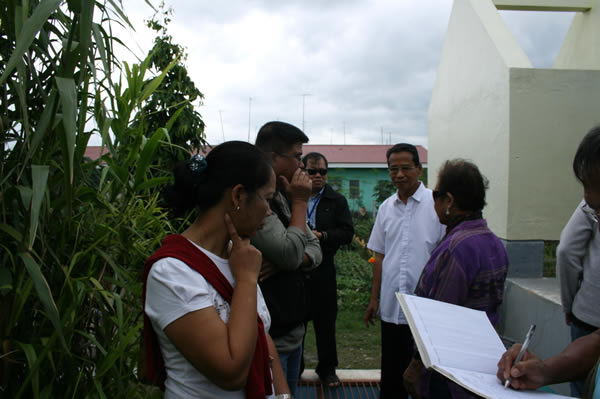
Implementors, Partners and Supporters –

